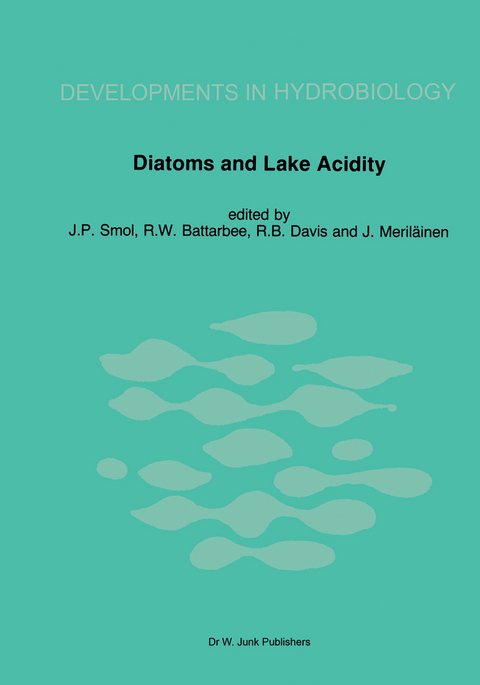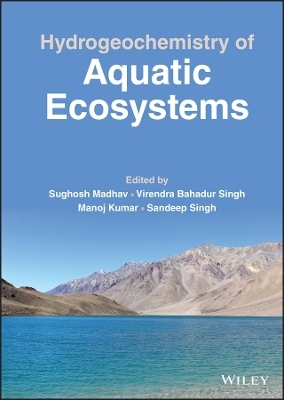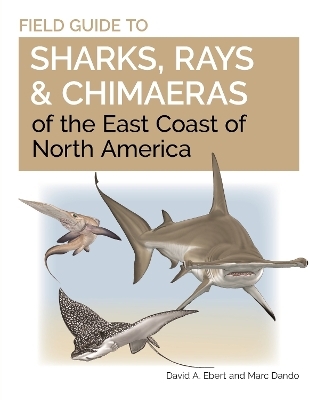
Diatoms and Lake Acidity
Springer-Verlag New York Inc.
978-1-4020-2407-8 (ISBN)
During the last few years, lake acidification has become a topic of international interest because of the detrimental effects of this problem on lake ecosystems. The stratigraphic record of diatoms and other paleoindicators in lake sediments has been used increasingly to document past limnological conditions. Because many diatom taxa are sensitive indicators of lakewater pH, this approach is especially useful in assessing impacts of atmospheric pollutants and watershed land use on lake pH. The idea that a book be prepared on this subject originated at a workshop entitled 'Reconstructing pH from sedimentary diatom remains - recent insights and update on methods' organized by R.B. Davis and held at the XXII Congress of the International Association of Limnology at Lyon, France in August 1983. At this workshop, presentations were made by many of the authors in this volume. The rapid progress in this field was evident when a second workshop, this time organized by R.W. Battarbee and R.J. Flower, was held one year later at the VII International Symposium on Diatoms at Paris, France. Many individuals helped with the preparation of this volume, most notable were our referees, who thoughtfully reviewed the manuscripts and suggested many improvements. I would also like to thank my colleagues at Queen's University who helped in innumerable ways over the last two years. A special word of gratitude is due to Dr. M.M. Boucherle, Dr. S.R. Brown, Ms. T.C. Oliver, and Mr. P.R. Leavitt. J.
John P. Smol is a professor in the Biology Department at Queen's University (Canada), with a cross-appointment at the School of Environmental Studies. He co-directs the Paleoecological Environmental Assessment and Research Lab (PEARL). Professor Smol is co-editor of the Journal of Paleolimnology and holds the Canada Research Chair in Environmental Change.
1. Gunnar Nygaard: A guiding influence on paleolimnological research.- 2. Diatoms as indicators of pH: An historical review.- one: Taxonomy.- 3. The genus Melosira from soft-water lakes with special reference to northern Michigan, Wisconsin and Minnesota.- 4. A new diatom species, Fragilaria acidobiontica, from acidic lakes in northeastern North America.- 5. Two forms of Tabellaria binalis (Ehr.) Grun. in two acid lakes in Galloway, Scotland.- two: Extant floras.- 6. Phytoplankton in selected LaCloche (Ontario) lakes, pH4.2–7.0, with special reference to algae as indicators of chemical characteristics.- 7. The representation of living diatom communities in deep-water sedimentary diatom assemblages in two Maine (U.S.A.) lakes.- 8. Spatial and temporal variability in periphytic diatom communities: Palaeoecological significance in an acidified lake.- three: Paleolimnological applications.- 9. Relationships between diatom assemblages in lake surface-sediments and limnological characteristics in southern Norway.- 10. Diatom evidence for neutralization in acid surface mine lakes.- 11. The recent history of a naturally acidic lake (Cone Pond, N.H.).- 12. East african diatoms and water pH.- 13. Acidification of small lakes in Finland documented by sedimentary diatom and chrysophycean remains.- 14. Applications of multivariate techniques to infer limnological conditions from diatom assemblages.- 15. A sedimentary diatom record of severe acidification in Lake Blamissusjon, N. Sweden, through natural soil processes.- 16. Diatom responses to acidification and lime treatment in a clear-water lake: Comparison of two methods of analysis of a diatom stratigraphy.- 17. Acidification of four lakes in the Federal Republic of Germany as reflected by diatom assemblages, cladoceran remainsand sediment chemistry.- 18. Late-glacial and Holocene acidity changes in Adirondack (N.Y.) lakes.- 19. Chrysophycean microfossils as indicators of lakewater pH.- four: Overview.- 20. The use of sedimentary remains of siliceous algae for inferring past chemistry of lake water – problems, potential and research needs.- Indices.- Index of lakes.- Index of genera.
| Erscheint lt. Verlag | 30.4.2004 |
|---|---|
| Reihe/Serie | Developments in Hydrobiology ; 29 |
| Zusatzinfo | VIII, 308 p. |
| Verlagsort | New York, NY |
| Sprache | englisch |
| Maße | 195 x 260 mm |
| Themenwelt | Naturwissenschaften ► Biologie ► Limnologie / Meeresbiologie |
| Naturwissenschaften ► Biologie ► Ökologie / Naturschutz | |
| ISBN-10 | 1-4020-2407-X / 140202407X |
| ISBN-13 | 978-1-4020-2407-8 / 9781402024078 |
| Zustand | Neuware |
| Informationen gemäß Produktsicherheitsverordnung (GPSR) | |
| Haben Sie eine Frage zum Produkt? |
aus dem Bereich


